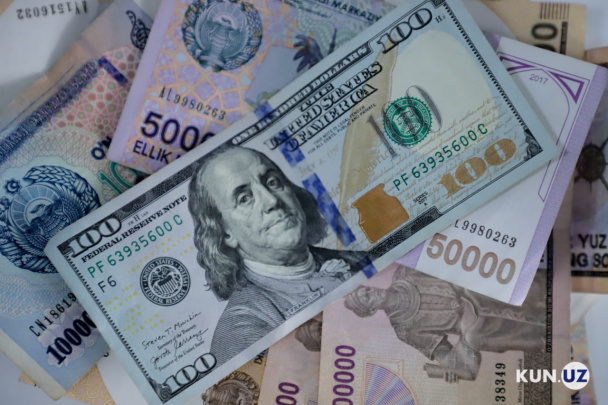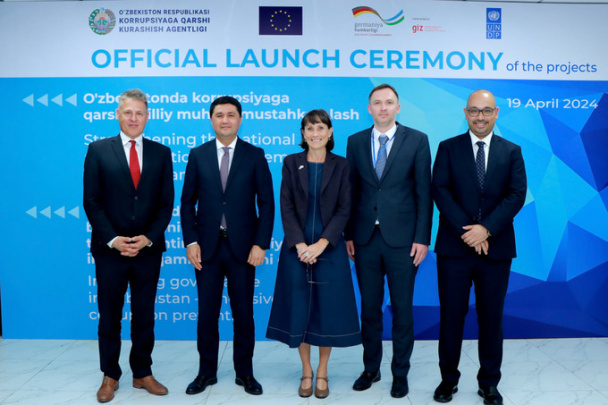
The Central Bank of Uzbekistan published a report on the volume of net inflows of foreign direct investment in Uzbekistan in the first quarter of this year, according to which net inflows of direct foreign investment dropped to $198 million. It is two times less compared to the same period last year.
The Ministry of Investment and Foreign Trade (MIFT) noted that the report of the Central Bank was based on the methodology of the International Monetary Fund and is used exclusively for the compilation of the country’s balance of payments, that is, it characterizes the movement of funds in the form of payments from country to country.
At the same time, the indicator of the net inflow of foreign direct investment is calculated by the ratio of the inflow of foreign direct investment over a certain period and the amount of repatriation of these investments (return of capital to the investor’s country) during the same period, that is, there is a certain balance between the inflow and outflow of funds. Concurrently, the basis for the inflow of foreign direct investment is the increase in the authorized capital of an economic entity mainly due to cash receipts.
The ministry added that this method of calculating the inflow of foreign direct investment does not reveal the full picture of attracted and mastered foreign direct investment in the country during a certain period. In this regard, the Ministry of Investments and Foreign Trade, together with the State Statistics Committee of the Republic of Uzbekistan, calculates foreign direct investments attracted and developed during a certain period in fixed capital not only through a monetary increase in the authorized capital of an economic entity, but also in the form of investments, as well as intangible assets and technology transfer, licenses, etc.
Indicators of attracting and developing foreign direct investment in fixed assets are subject to confirmation on the basis of “1-ID” and “2-Invest” statistical reports, submitted by business entities to state statistics bodies. At the same time, statistical reporting is formed on the basis of internationally recognized methods, which is quarterly, mandatory and subject to nationwide publication.
Thus, in the first quarter of 2019, the actual amount of foreign direct investment utilized, confirmed by statistical reports, amounted to $783.3 million, or 11% of the forecast year. Compared to the same period in 2018 ($325.8 million), the growth in the use of foreign direct investment amounted to $457.5 million (or 2.4 times increase).
At the end of 5 months of 2019, the volume of direct foreign investments disbursed amounted to $2.5 billion or 40% of the forecast year, and by the results of the first half of 2019, this figure is expected to reach $3.7 billion or 52% to the forecast of the year. At the same time, compared to the same period of 2018 ($618.2 million), the net growth in the use of foreign direct investment will exceed $3.06 billion (or 5.9 times increase).
Remarkably, in recent years, growth in investment activity has been observed mainly in industries and areas that are not related to traditionally recognized fields that attract foreign direct investment, such as oil and gas sector.
So, for example, the growth of foreign direct investment is more than 2 times in the metallurgical industry (2.4 times compared to 2018), textile industry (2.7 times), food production (3.1 times) and pharmaceutical industry (6.3 times).




